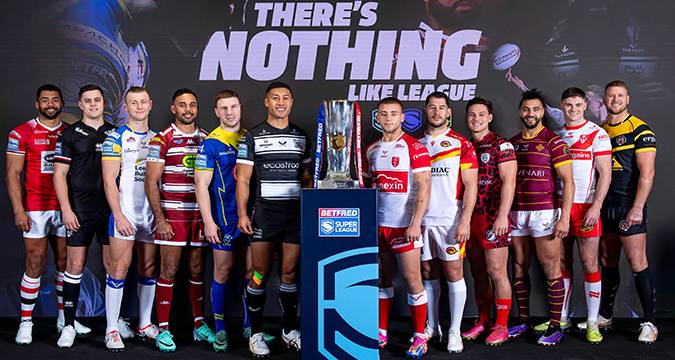
MARTYN SADLER wonders who is behind new proposals to amend the Rugby League salary cap
MY former colleague Matthew Shaw had a scoop last week when he revealed that some changes have been planned to the salary cap regulations by the RFL.
Matt appeared to be basing his claims on a leaked document from the governing body, and he’s created quite a stir.
If we can believe the leak, and I have no reason not to, the base salary cap will remain at £2.1 million for Super League clubs next year, but changes are proposed to help clubs go well beyond that figure.
“Of all the additions, the most significant one is that each club will now be able to sign two players who are earning less than £35,000 per season and not have to include them on their salary cap,” reports Matt.
“It is hoped that the rule will help enhance the possibility of players earning Super League contracts while also encouraging clubs to take a chance on players looking for an opportunity at the top level.”
In other changes, a player who misses more than six matches through injury inflicted by foul play will be removed from a club’s salary cap for the period of time he is out of action, allowing teams to sign other players to replace their injured stars without exceeding the salary cap.
“Further changes include a dispensation up to the tune of £40,000 per season for players who feature in international games for England or France. Clubs will receive a £10,000 dispensation per player, up to a maximum of four, for the following season if they represent either nation.
“The existing Club Trained Dispensation, awarded to clubs for producing Super League and Championship standard players, has been increased from a maximum £100,000 to £150,000.”
What is interesting about all this is not so much whether it all makes sense, but whether the clubs can really afford the additional costs these proposals will impose on them at a time when their income from the Sky broadcasting contract has been slashed in recent years.
The RFL should be looking to reduce costs for clubs, not increase them.
I think it could do that quite easily by imposing a separate salary-cap limit on overseas players, for example. But there is no sign of that happening.
The other issue arising with all this is that some clubs appear to have been consulted about these proposed changes, while others only learned about them when they read Matthew Shaw’s article.
I’m not certain which clubs have been consulted and which haven’t, but I suspect that no more than three or four clubs have been, while the proposals have gone down like a lead balloon with the remainder, especially those who struggle to reach the salary cap limit as it stands.
And when you bear in mind that each club can now engage three marquee players whose salaries partially fall outside the salary cap, it’s clear that these proposals are giving a blank cheque to the clubs with very wealthy owners and locking in their dominance of the Super League competition.
That is the opposite of what the RFL should be doing.
Its strategy should be to bring all the clubs forward together on a level playing field to maximise the interest in the competition while ensuring that all the clubs can handle their operating costs.
If the people who run the game are incapable of doing that, then they should make way for people who can.
Colluding with some clubs but not others, if that is what has been happening, is not acceptable.
This article is taken from Martyn Sadler’s ‘Talking Rugby League’ column in this week’s League Express
Click here to get the digital edition of League Express
Click here to subscribe to the print edition of League Express
League Express is also widely available from local newsagents across the north of England.
